ROLE OF ZINC IN SKIN AND HAIR
Sep 13, 2021
Zinc is an essential mineral which is required in a number of cellular processes occurring in the human body. It is needed for various health benefits such as cell growth, division, immunity, hormone production, wound healing, thyroid function, blood clotting and eye health.
Zinc is a potential antioxidant which helps in reducing the production of free radicals in the body.Free radicals are the biggest enemy of your skin as well as hair. It plays an important role in reducing the effects of sunburn and premature aging from the skin, as well as promotes hair regrowth and division of hair follicles.
Zinc deficiency is a common problem with an estimated 1/3rd of world population suffering from zinc deficiency and is highly prevalent in Southeast Asia, sub-Saharan Africa, and other developing countries. It is mostly due to inadequate dietary intake and poor absorption or because of increased loss.
What are the benefits of zinc for skin and hair?
1. Skin Photo-Protection
Zinc oxide (ZnO) has the ability to reflect sun rays, acting as a shield to protect your skin from its harmful UV radiations. It is often included in mineral sunscreens and sun block creams to provide broad spectrum protection against both UVA and UV B radiations. It helps in preventing hyperpigmentation, photo-ageging and uneven skin tone.
2. Reduces Excess Sebum And Acne
Zinc possesses anti-inflammatory and antibacterial properties which helps to reduce acne breakouts. There are tons of research studies that show promising results of zinc in inhibiting the growth of acne bacteria, Propionibacterium acnes. It also regulates the production of oil, excess sebum and male hormones that are implicated in the development of acne.
3. Infections
Zinc, alone or as an adjuvant, has been found useful in many dermatological infections owing to its modulating actions on macrophage and neutrophilfunctions, natural killer cell/phagocytic activity, and various inflammatory cytokines.
4. Warts
Warts are a common dermatological problem caused by human papilloma virus infection with numerous available treatment modalities. Over the years, various destructive procedures performed accurately have remained the only effective remedy for common warts. Zinc can be a useful topical or oral treatment modality in common warts as many studies have demonstrated efficacy of both oral and topical zinc in treating warts without significant adverse effects.
5. Dandruff
Topical preparations with 1% Zinc pyrithione in a shampoo base is a proven treatment modality for dandruff and is an active ingredient, mostly in combination with ketoconazole, of several antidandruff shampoos available. It possesses cytotoxic activity against Pityrosporumovale and has antiproliferative action and also prevents recurrence of flaking, itching, and irritation associated with dandruff.
6. Fights Signs Of Aging
Skin aging depletes the collagen and elastin levels in skin, which reduces skin renewal capacity, elasticity and firmness. It makes aging signs (dull skin, discoloration, blemishes, sagginess, fine lines and wrinkles) more noticeable.
7. Promotes wound healing
With its antioxidant and anti-inflammatory properties, it enhances skin repair function and reduces redness and inflammation. It helps to relieve eczema, acne rosacea, irritation, dermatitis, itchy and dry skin. Zinc oxide paste has been used for the treatment of diaper dermatitis since long.
8. Pruritus
Calamine lotion contains zinc oxide or zinc carbonate and is used frequently for symptomatic relief in pruritus because of its soothing properties. Zinc also inhibits mast cell degranulation and thereby reduces the secretion of histamine, an important mediator of inflammatory response and an inducer of itch, thereby making it a useful treatment option in pruritic conditions.
9. Maintaining the Skin’s Moisture And Hydration
Due to advancing age, the skin’s natural ability to regulate moisture decreases. Zinc is known to prevent and decrease transepidermal water loss (TEWL) from skin. It also improves the barrier function of skin thereby maintaining the moisture and hydration.It is effective for people with dry skin as well as in certain eczematous conditions of skin.
10. Alopecias
Zinc has been found to possess antiandrogen action and it modulates 5α-reductase type 1 and 2 activity. Although not as effective as minoxidil or finasteride, but 1% zinc pyrithinone showed considerable hair growth in some cases.
11. Reduces hair loss and promotes new hair growth
It reduces hair loss by accelerating hair follicle recovery. It also plays an important functional role in hair follicle division and hair cycle
Zinc also regulates hair growth by inhibiting entry of hair follicles in catagen phase (also called as hair follicle regression) and also leads to an improved anagen stage of hair growth cycle.
How to use zinc in your skin and hair care regime?
- By using zinc oxide based sunscreens in your daily skincare regimen.
- If you have oily acne prone skin, you can use oil free zinc based cleansers. It regulates excessive sebum production and gently cleanse off dirt and impurities.
- Application of zinc oxide based astringents can reduce the pores and decreases the absorption of excess oil on the skin.
- Use of zinc pyrithione based shampoos in people with dandruff, seborrheic dermatitis can considerably reduce the itchy and flaky skin of the scalp.
- For new hair growth, use of zinc based hair serums is beneficial.
What foods contain zinc?
For a diet that’s rich in zinc, enrich your plate with nuts, red meat, whole grains, legumes and eggs. Poultry, seeds, beans, celery even dark chocolate are also staples that contain the mighty mineral.
What is recommended daily allowance (RDA) of zinc?
The daily allowance of elemental zinc in infants with zinc deficiency is usually 3 mg/d for first 6 months and 5 mg/d for second six months. Subsequently, zinc may be supplemented as 10 mg/d during 1–10 years, 15 mg/d for adolescents and adults, and 20–25 mg/d during pregnancy and lactation.
The recommended doses for elemental zinc are 0.5–1 mg/kg/day in divided doses in children and 15–30 mg/day in adults.
What are the side effects of overdose of zinc?
- Nausea
- Vomitting
- Stomach ache
- Pruritus
- Diarrhea
- Altered taste
- Low HDL cholesterol levels
Hence zinc has both cosmetic as well as therapeutic benefits for our body. Apart from skin and hair care, zinc also plays an essential role in the treatment of diarrhea in infants and is an important constituent of ORS ( oral rehydration salts ) also.
Recent Post

Humari Dawai: The Best Online Platform to Buy Dermatologist-Recommended Products
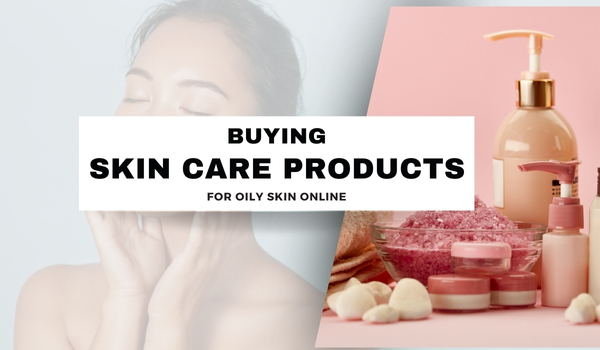
Buy Skin Care Products for Oily Skin Online: Explore Humari Dawai
_CAT_1719908662.jpg)
Buy Sunscreen Products Online in India at Humari Dawai
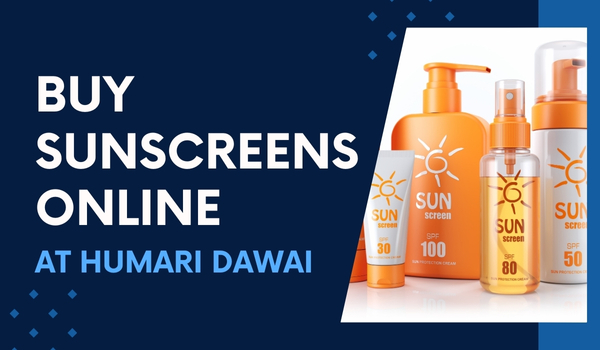
Discover Humari Dawai: Your Go-To Online Platform for the Best Sunscreens
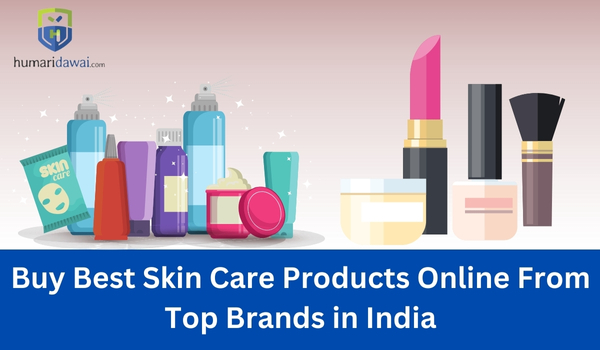
Buy Best Skin Care Products Online From Top Brands in India
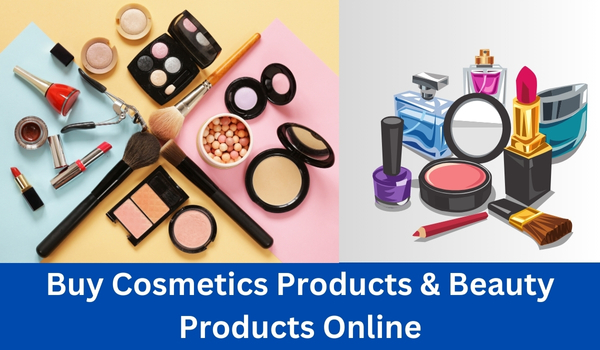
Buy Cosmetics Products & Beauty Products Online

Humari Dawai: Your Gateway to Affordable and Quality Skincare Products
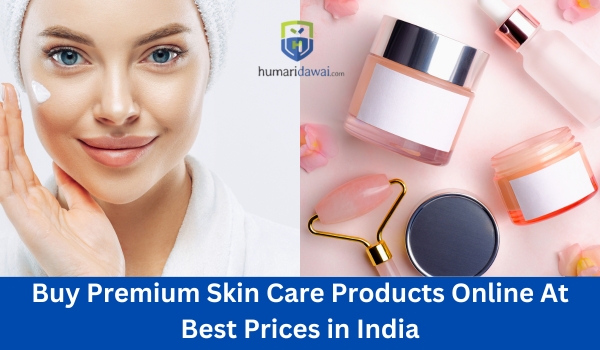
Buy Premium Skin Care Products Online At Best Prices in India
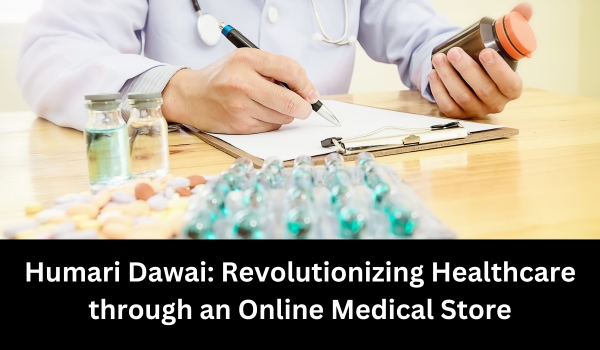
Humari Dawai: Revolutionizing Healthcare through an Online Medical Store
_CAT_1707561957.jpg)
Humari Dawai: Revolutionizing Healthcare with the Best E-pharmacy Services in India

